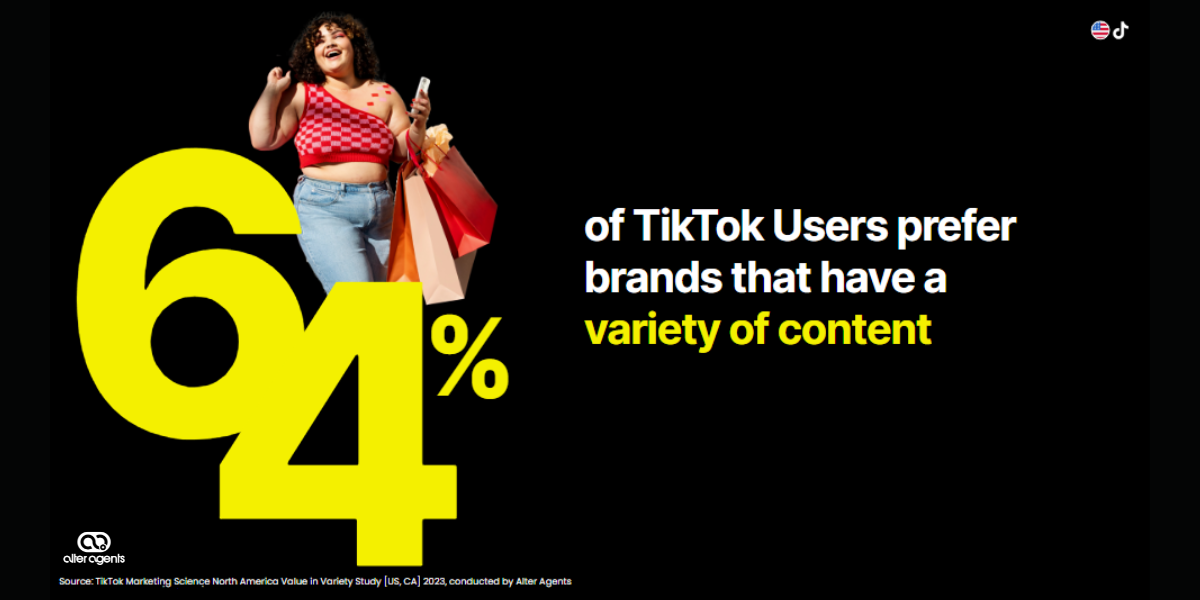
How Dog Owners Buy Treats & Supplements
Shopper behavior has changed immensely over the past decade. The rise of ecommerce and omnichannel sales transformed how shoppers get information about their purchases and how brands advertise and sell to them.
Over this time period, the value of the U.S. petcare sector doubled. That was before the pandemic set in and over 13 million American households added a pet to their families as a way to cope with the isolation that social distancing and lockdowns brought. Many consumers in those households became pet supplies shoppers for the first time.
Research from Morgan Stanley predicts that spending on pets is going to accelerate in the coming years, with dogs being the most popular pet for American households. That acceleration will only be bolstered by millennial and Gen Z households not having as many children or pushing that stage of life back, opting to focus more on their “fur babies.”
The survey we conducted at the launch of our Shopper Influence Research program asked 6,000 recent purchasers who had bought in six product and service categories, including dog treats and supplements, about the journey they took to arrive at their purchase decisions. We learned that those shoppers are generally brand-ambivalent and make decisions quickly based on trusted sources. Given that the pandemic pet boom minted millions of new shoppers for dog treats and other canine supplements, retailers and brands need to evolve their strategy to take advantage of this rapidly growing customer base.
The Dog Treat Shopper’s Purchase Journey
The good news for brands is that about half of dog treat and supplement shoppers are up for grabs when they embark on their purchase journey. Of those we surveyed, 51 percent either did not have a brand in mind when they started researching, or they did have a brand in mind but were able to be swayed to another along the way. When half of a consumer segment is brand-ambivalent at the start, we say it has a high level of “shopper promiscuity”. The brand’s job is to make their product the most attractive to people who are in the process of making a decision.
The hard part for brands is that these shoppers make quick decisions. About three in four decide which treat or supplement they’re going to buy within one day, with a healthy number making the decision in the moment. They’re also less likely than shoppers in other consumer segments to always research products before they buy, and they’re more likely to be impulse-buyers. That doesn’t give brands much time to make their case.
Valuable Information Sources
The key here is to focus on information sources that are both widely used and highly influential. For shoppers looking for dog treats and supplements, those sources fall into two categories: retail sources and recommendations. The retail sources most often cited by shoppers as being both highly used and highly influential were signage and displays in the store, signage at the shelf, and product packaging or photos of it. While brands have control over their packaging, optimizing their in-store signage strategy requires investment and a solid relationship with retailers.
Where the marketing team can really shine is generating recommendations. About half of these shoppers said that they turn to and trust recommendations from friends and family as well as consumer reviews. Brands in the space should encourage their customers to share their pets’ experiences with the product and work to get good reviews online. Brands should also consider additional programs that encourage referrals and social media sharing.
As the world enters what are hopefully the final stages of the pandemic, we can expect the pace of new pet-owning households to slow. It’s unclear how much consumers will stick to their online shopping habits, make changes to their product preferences as their dogs grow, or consider getting another furry companion. What is clear is that there are now millions of new dog parents shopping for their pets and learning new habits while they’re at it. It’s important for brands and retailers to adopt a marketing strategy that encourages consumers to promote their purchases via word of mouth with their networks to best influence where their shoppers make the final call.
We do this shopper research for brands across nearly every category. Interested in learning what your shoppers do on their way to purchase?
Thought Leadership Updates
Get updates in your email.






